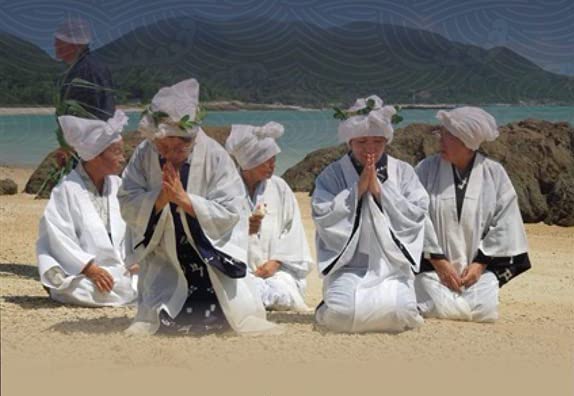Tohoku’s Past Reflecting the Flow of the Future
Masaru Tatsuki’s DECOTORA, a photo series on extravagantly decorated trucks, continues to take him through Japan’s Tohoku area. He has traveled Aoyama and Akita for the project saying, ’When I see the Tohoku landscapes, I get goosebumps, realising that what I see is part of my own roots. I felt that this part of knowing my own life was missing, so shooting Tohoku was important to me’.
From DECOTORA, 'Midnight Emperor', Shiga Prefecture, 2002
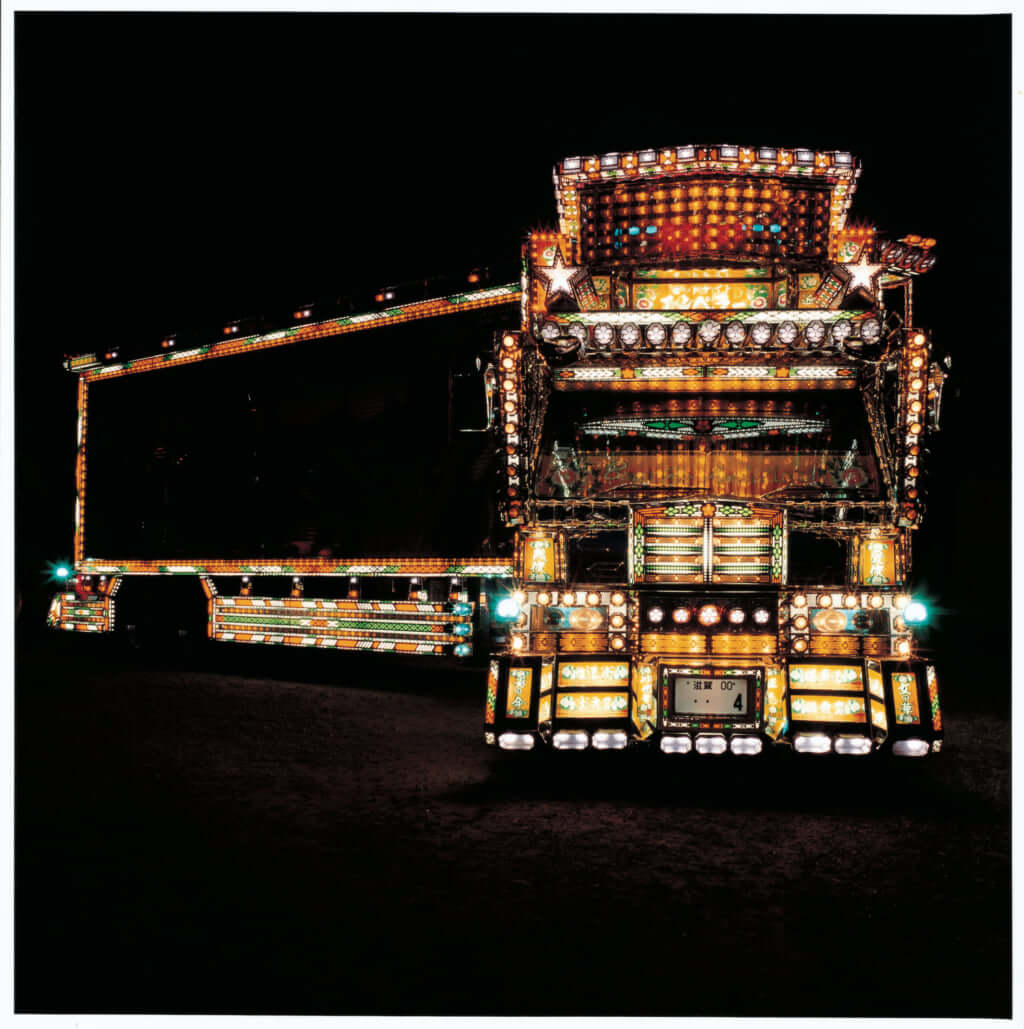
Portrait, which reveals the lifestyle of these drivers through their gaudy outfits. The truck in this picture cost at least 20 million yen. Courtesy of the artist and GALLERY SIDE 2
His eye is consistent as he uncovers connections between past and present in his work. He illuminates Tohoku’s past, showing the connection between customs and a universal Japanese culture. The series, entitled Tohoku, has won the thirty seventh Kimura Ihei Award in 2012.
From Tohoku, 'Natsuya Shishi-odori in Kawai-mura', Miyako-shi, Iwate Prefecture, 2009
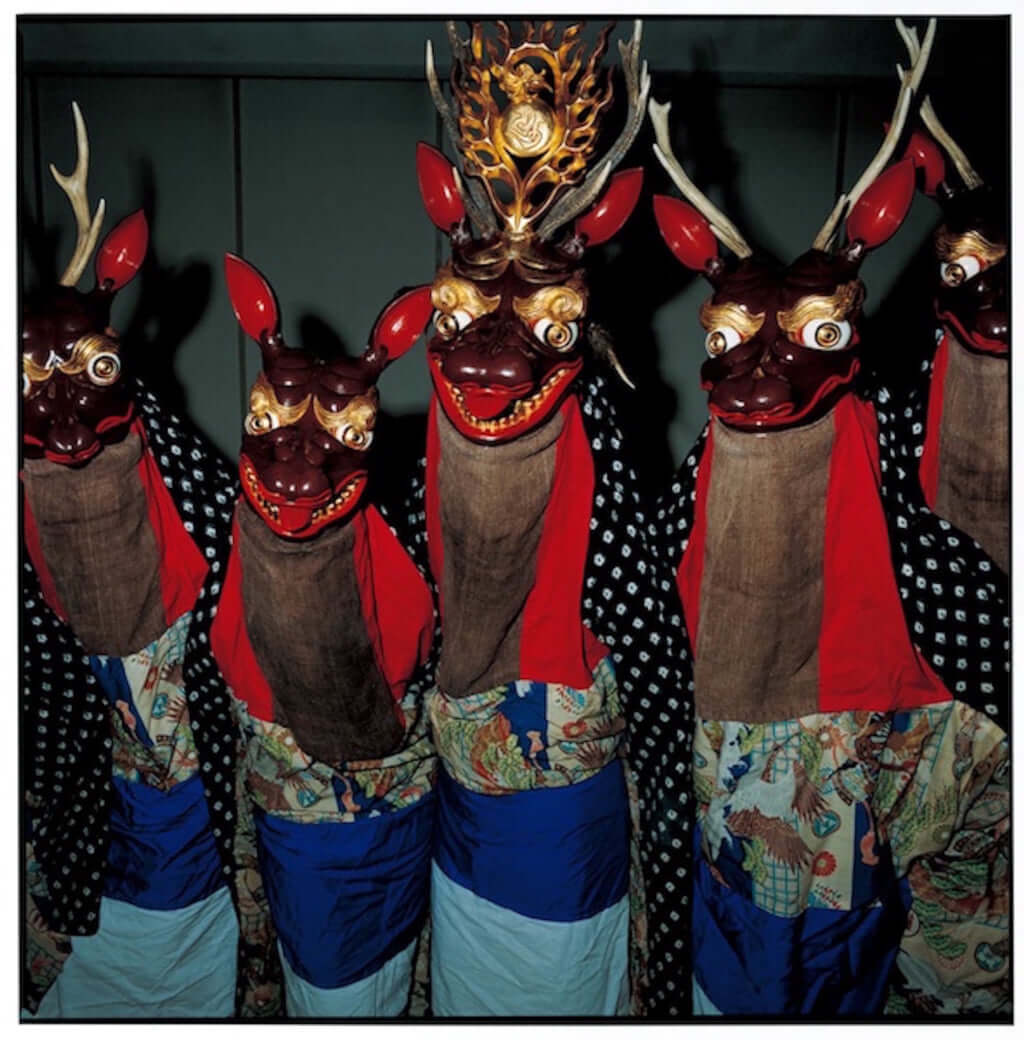
A cut taken from a moment after the Natsuya Shishi-odori, a tradition handed down in the town of Miyako-shi (formerly the village of Kawai-mura) in Iwate Prefecture. Courtesy of the artist and GALLERY SIDE 2
From Tohoku, 'Suneka', Ofunato-shi, Iwate Prefecture, 2010
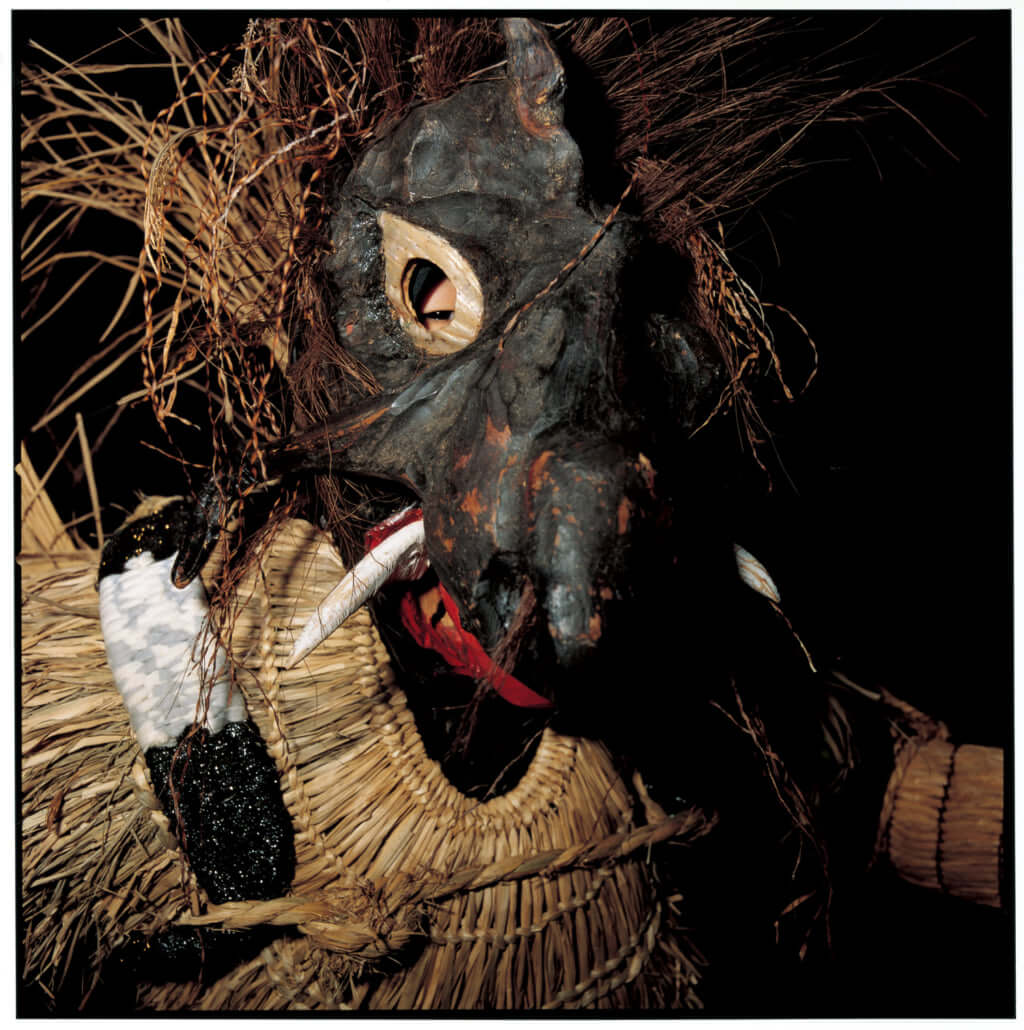
Suneka is the custom of dressing up as the incarnation of mountain and sea deities. Tatsuki tells us about the wonder of Tohoku through the lens of this tradition that brings form to an invisible presence that people fear. Courtesy of the artist and GALLERY SIDE 2
From kuragari, 'kuragari no. 36', 2010
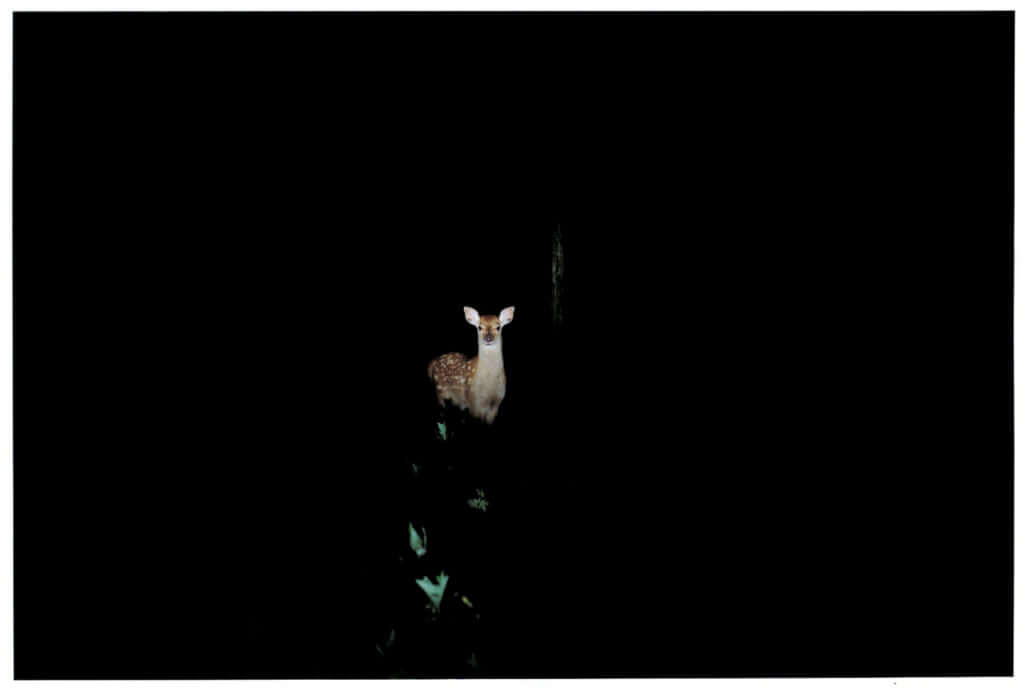
A single mysterious photograph of a deer that suddenly appeared after the photographer decided to give up looking for deer that evening. The deer’s glance somehow makes you strongly aware of the boundary between our world and the darkness in the background. Courtesy of the artist and GALLERY SIDE 2
However, the Tohoku earthquake left him unsettled. ‘When the tsunami swept everything away, I felt that all the time in the world to take photos would never be enough’, he says. He felt he had to separate himself from his subjects, taking on a cold approach to photography. ‘This series is about what we have lost’, Tatsuki says. His piece KAKERA represents a reorganization of the layers of time folded into the land. By overlapping present with past, he rouses our imagination, changing the way we look at the future of Tohoku—and the future of Japan.
From Sono Chi wa Mada Akai no ka (Is that Blood Still Red?), 'Deer 3', Kamaishi-shi, Iwate Prefecture, 2011
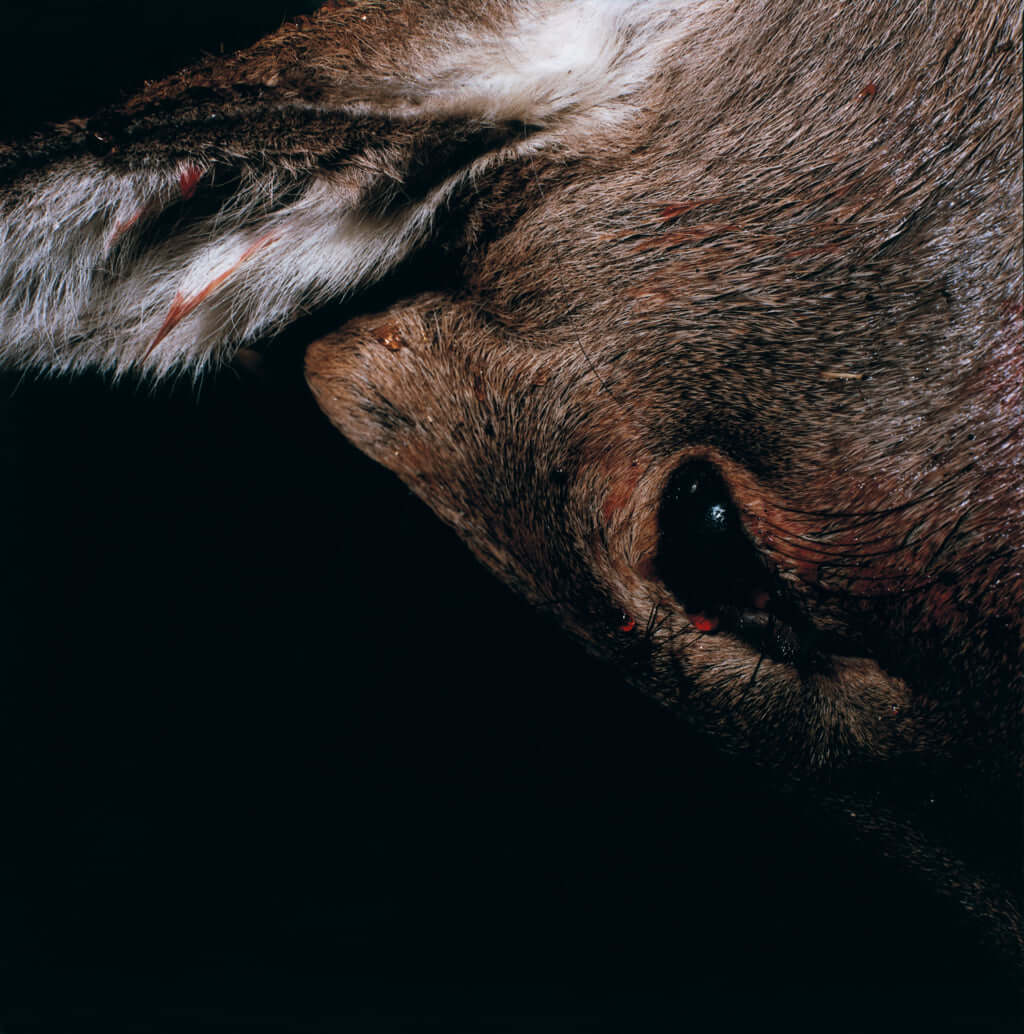
A series shot after the earthquake. Just as the title indicates, Tatsuki took these pictures while asking himself what has changed since the earthquake. Courtesy of the artist and GALLERY SIDE 2
From Sono Chi wa Mada Akai no ka (Is that Blood Still Red?), 'Hunting 2', Kamaishi-shi, Iwate Prefecture, 2011
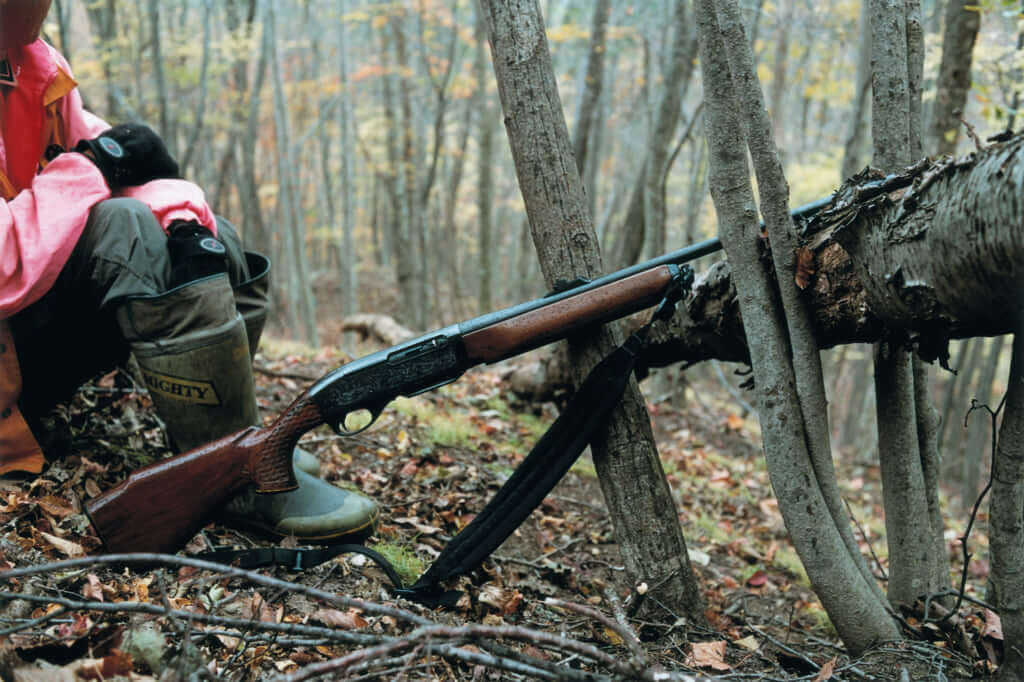
Rather than focusing on people, the photographs centered on guns, allowing us to catch a glimpse of how he attempted to capture subjects objectively. This series includes film of different sizes, showing us the period of time when he was shaken by the events in Tohoku. Courtesy of the artist and GALLERY SIDE 2
From Gyojin, 'Knife and Cutting Board after Use', Shirahama, Hoachnohe-shi, Aomori Prefecture, 2015
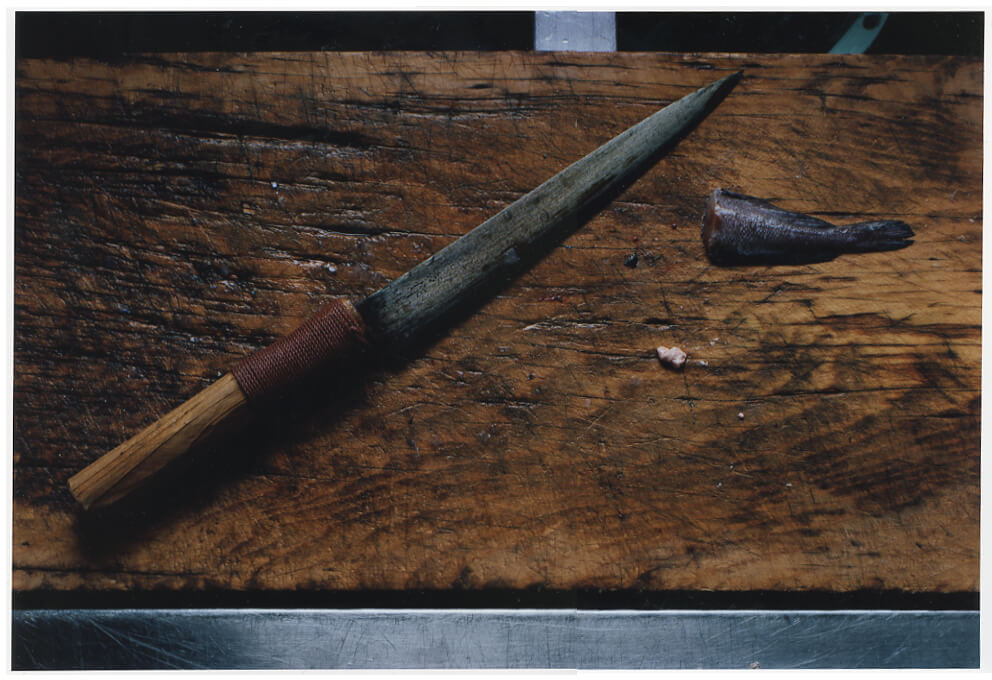
In this series, Tatsuki san turns his eye on the sea after having trekked his way through the mountains to photograph the forests and animals. For Tatsuki, the picture of the cleaned fish resting on the cutting board is where the forest and sea overlap. Courtesy of the artist and GALLERY SIDE 2
From Gyojin, 'The Start of Fishing', Fukakubo, Hachinohe-shi, Aomori Prefecture, 2015
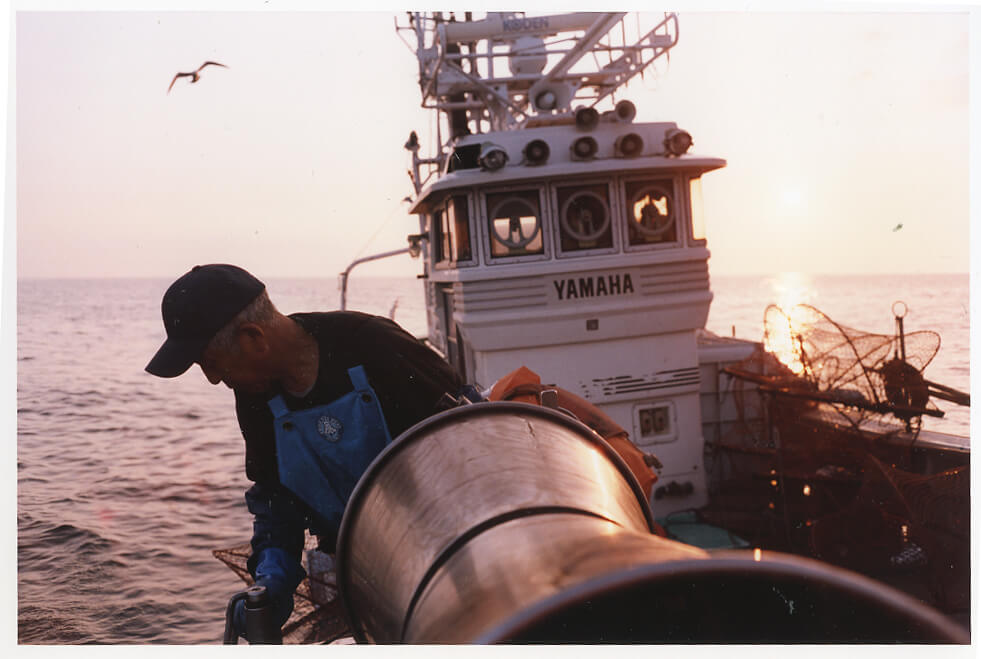
This photograph shows us a fisherman who was formerly the chief fisherman and fishing boat commander while he continues to fish after retirement. We can see the history of the people and their connection to the sea over many years as they casually spend their days working. Courtesy of the artist and GALLERY SIDE 2
From KAKERA, 'Emperor Hirohito and President Ford, 3 October 1975', Akita Prefecture, 2016
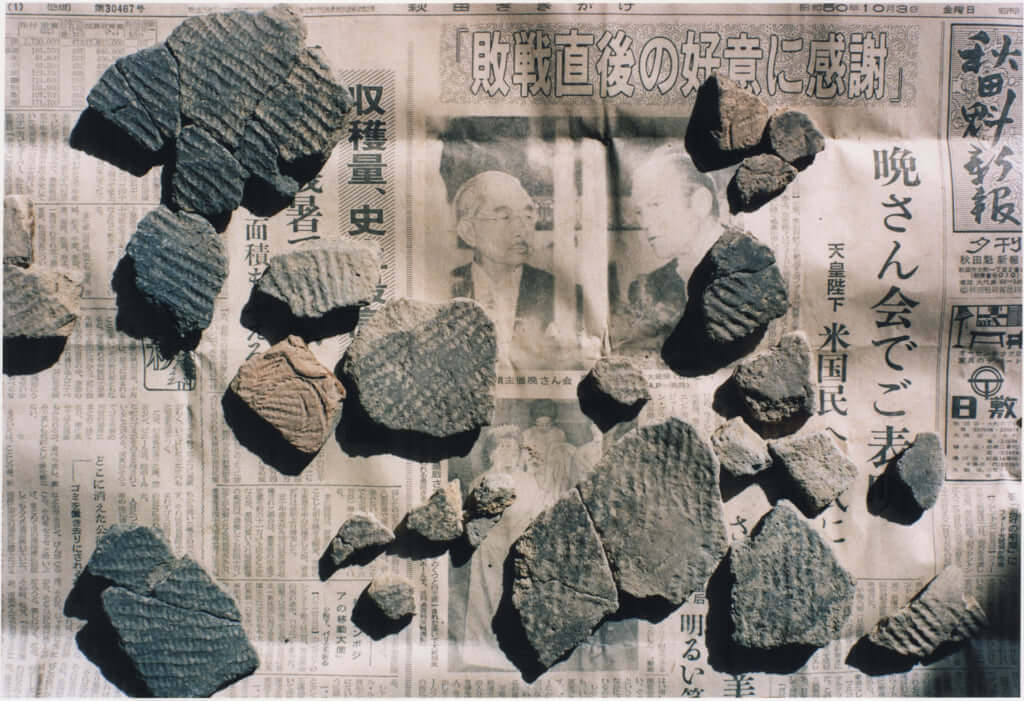
A picture of a fragment of an earthenware pot from the Jomon period preserved as a historical artifact. The ancient earthenware fragment and the modern newspaper spread beneath it were photographed with Tatsuki’s Method, showing us these multiple layers of time. Courtesy of the artist and GALLERY SIDE 2
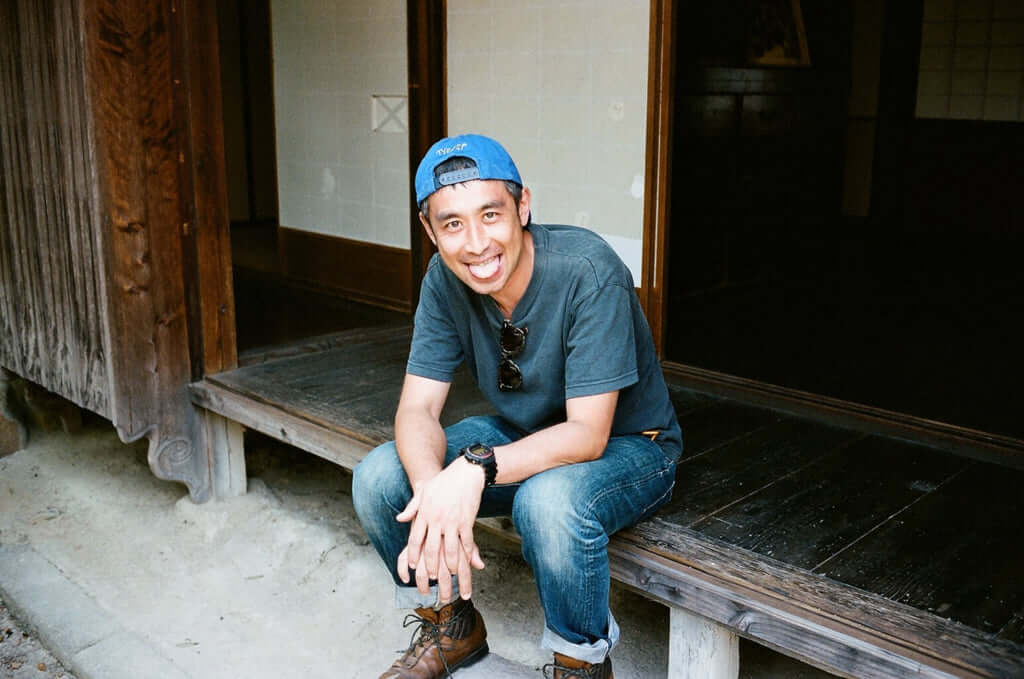
Courtesy of the artist and GALLERY SIDE 2
Masaru Tatsuki
Born in Toyama, 1974, Masaru Tatsuki travels throughout the Tohoku region, and continues to interact with the people, the culture, and the region’s nature. In 2007, he announced his 'DECOTORA' (Little More Co., Ltd.) series about decorated trucks, which was shot over nine years. In 2012, Tatsuki won the thirty-seventh Kimura Ihei Award. In 2015, he published 'Gyojin' (T&M Projects).
TRENDING
-
The Tradition of the Black Eggs of Mount Hakone
In the volcanic valley of Owakudani, curious looking black eggs with beneficial properties are cooked in the sulphurous waters.

-
Gashadokuro, the Legend of the Starving Skeleton
This mythical creature, with a thirst for blood and revenge, has been a fearsome presence in Japanese popular culture for centuries.

-
The Tattoos that Marked the Criminals of the Edo Period
Traditional tattoos were strong signifiers; murderers had head tattoos, while theft might result in an arm tattoo.

-
‘YUGEN’ at Art Fair Tokyo: Illumination through Obscurity
In this exhibition curated by Tara Londi, eight international artists gave their rendition of the fundamental Japanese aesthetic concept.

-
An Encounter with the Last Shamans in Japan
Sociologist Muriel Jolivet's book offers an analysis combined with a travelogue and interviews with these women with supernatural powers.





